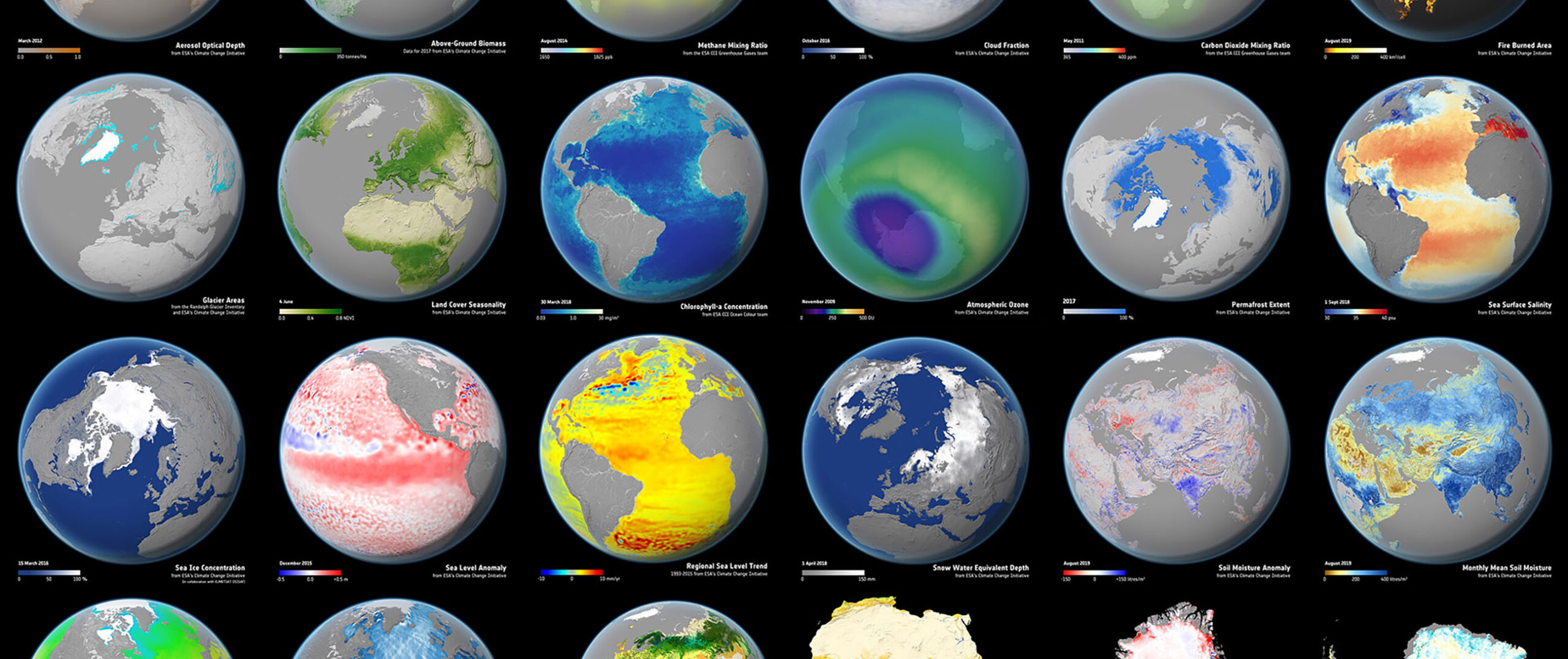
Webinar with Ben Poulter (Spark Climate Solutions, USA) recorded on October 16, 2025
Earth Observations in the Era of Climate Overshoot: A Framework for Monitoring Novel Earth System Responses
Webinar with Ben Poulter (Spark Climate Solutions, USA)
Rising greenhouse-gas emissions from human activities are causing rapid changes to Earth’s climate. Despite efforts to mitigate emissions to limit warming below 1.5 degrees Celsius, changes in temperature appear to be heading for a temporary overshoot with unknown temperature peak and duration, and impacts to the Earth system. Climate overshoot, i.e., temporarily exceeding a temperature limit, is a relatively new concept, and the associated impacts, mitigation and adaptation needs are an active area of research.

